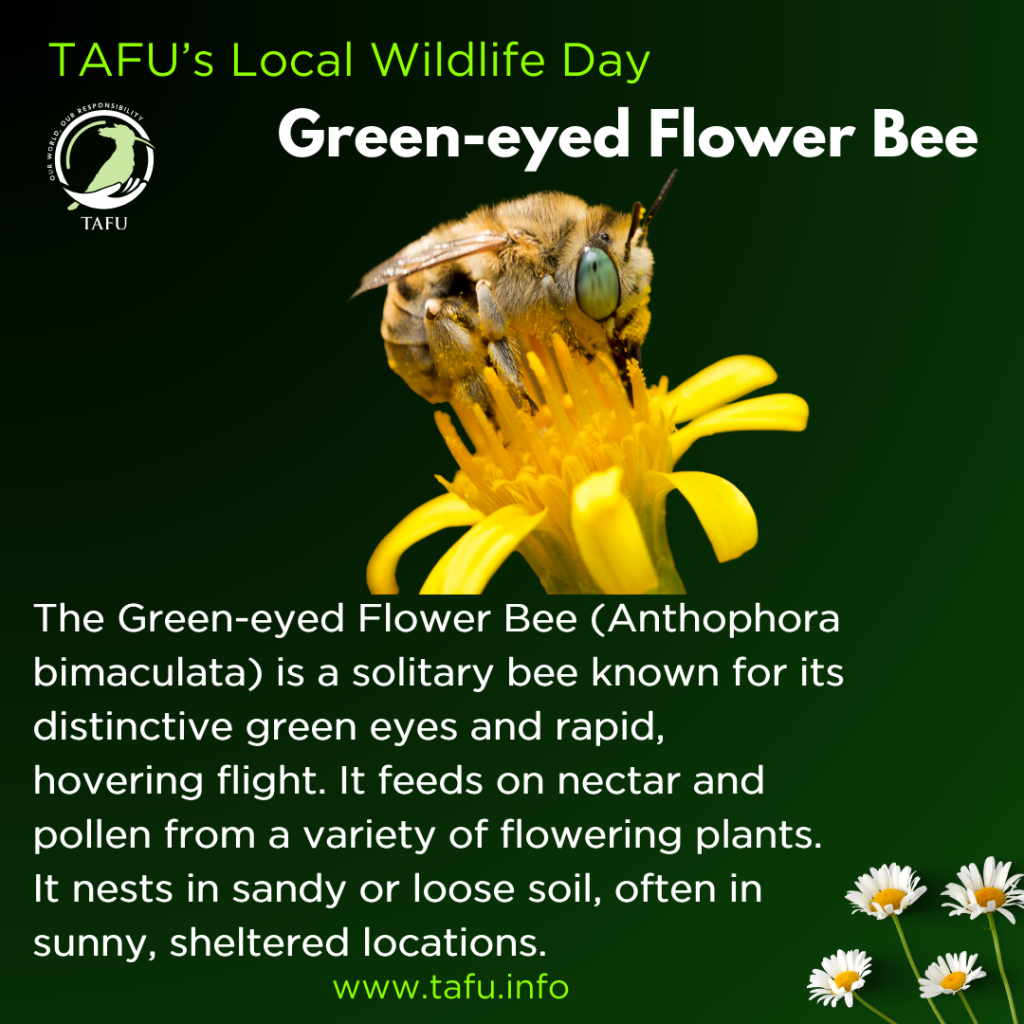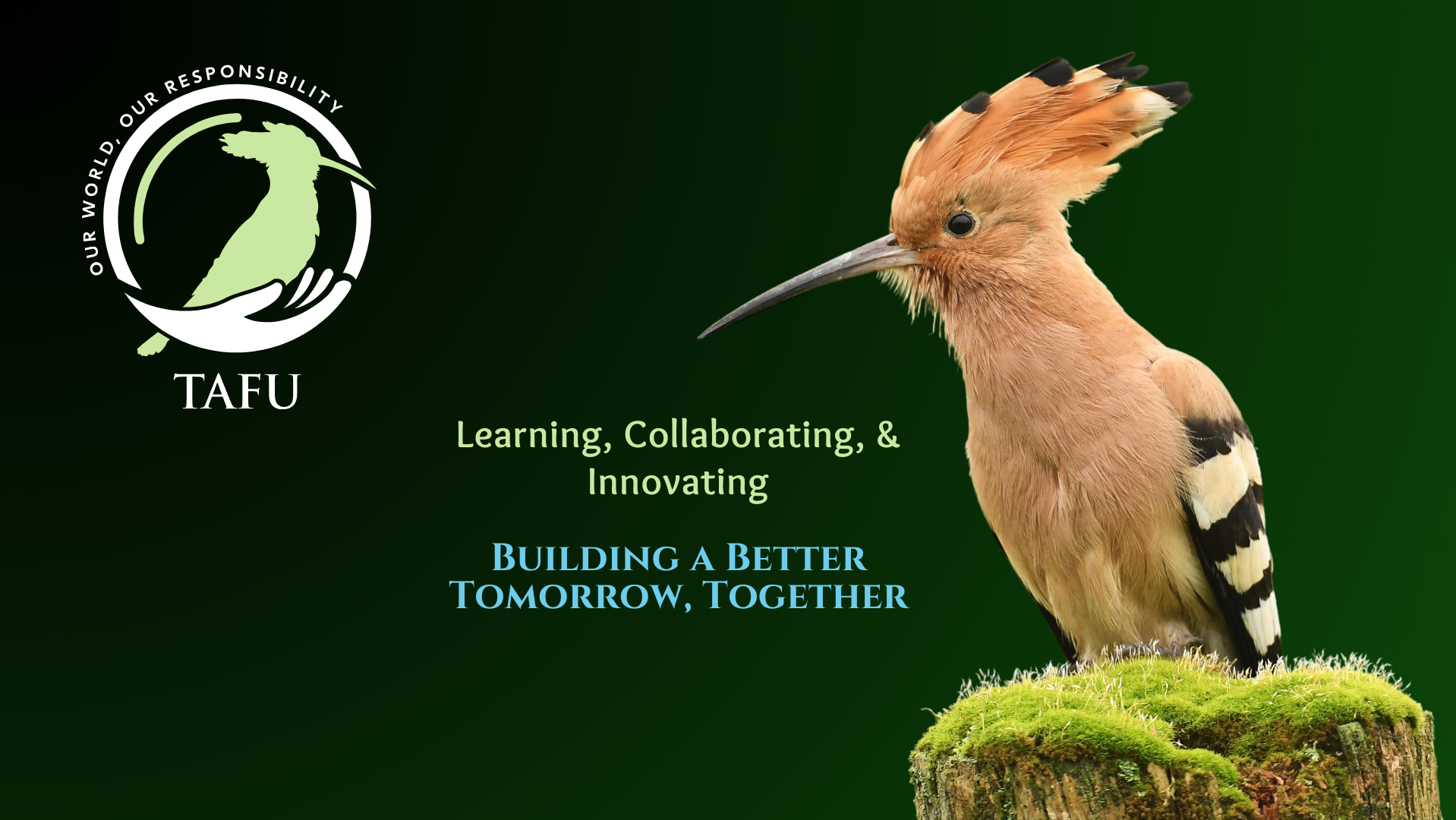Green-eyed Flower Bee
Today is the day – Local Wildlife Day
We are celebrating with some amazing giveaways! We dedicated this year’s LWD to learning about the importance of the little Green-eyed Flower Bee!
The Green-eyed Flower Bee (Anthophora bimaculata) is a striking solitary bee species, measuring about 10 mm in length. Its most distinctive feature is its large, vibrant green eyes. The bee’s body is covered in dense, pale hairs, giving it a fuzzy appearance, and its wings are transparent with a slight brownish tint.
These bees are found across Europe and parts of Asia, inhabiting a range of environments including gardens, meadows, open woodlands, and coastal areas. They are particularly drawn to areas with abundant flowering plants, which provide essential nectar and pollen. The Green-eyed Flower Bee has a rapid, darting flight and is often seen hovering near flowers, making quick, agile movements as it feeds.
The diet of the Green-eyed Flower Bee consists primarily of nectar and pollen from various flowering plants, including clovers, vetches, and other legumes, as well as a range of garden flowers. They play a crucial role in pollination, contributing to the health and reproduction of many plant species.
Unlike social bees, Green-eyed Flower Bees lead a solitary lifestyle. Alone, females excavate nests in sandy or loose soil, often in sunny, sheltered locations such as embankments, garden borders, or bare patches of ground. Each female constructs and provisions her own nest, laying eggs in individual cells. She collects pollen and nectar to create a food mass for each egg, ensuring that the larvae have enough resources to develop.
The lifecycle of the Green-eyed Flower Bee is closely tied to the availability of flowering plants, with adults emerging in the spring and early summer. The development from egg to adult takes place over several weeks, with the new generation of bees emerging the following year.
Having a diverse array of native nectar-rich and pollen-rich flowers in our green spaces is essential. Providing areas of bare, sandy soil can create suitable nesting sites as well. Avoiding the use of pesticides and herbicides will help maintain a healthy environment and ecosystem for these bees and other insects.

